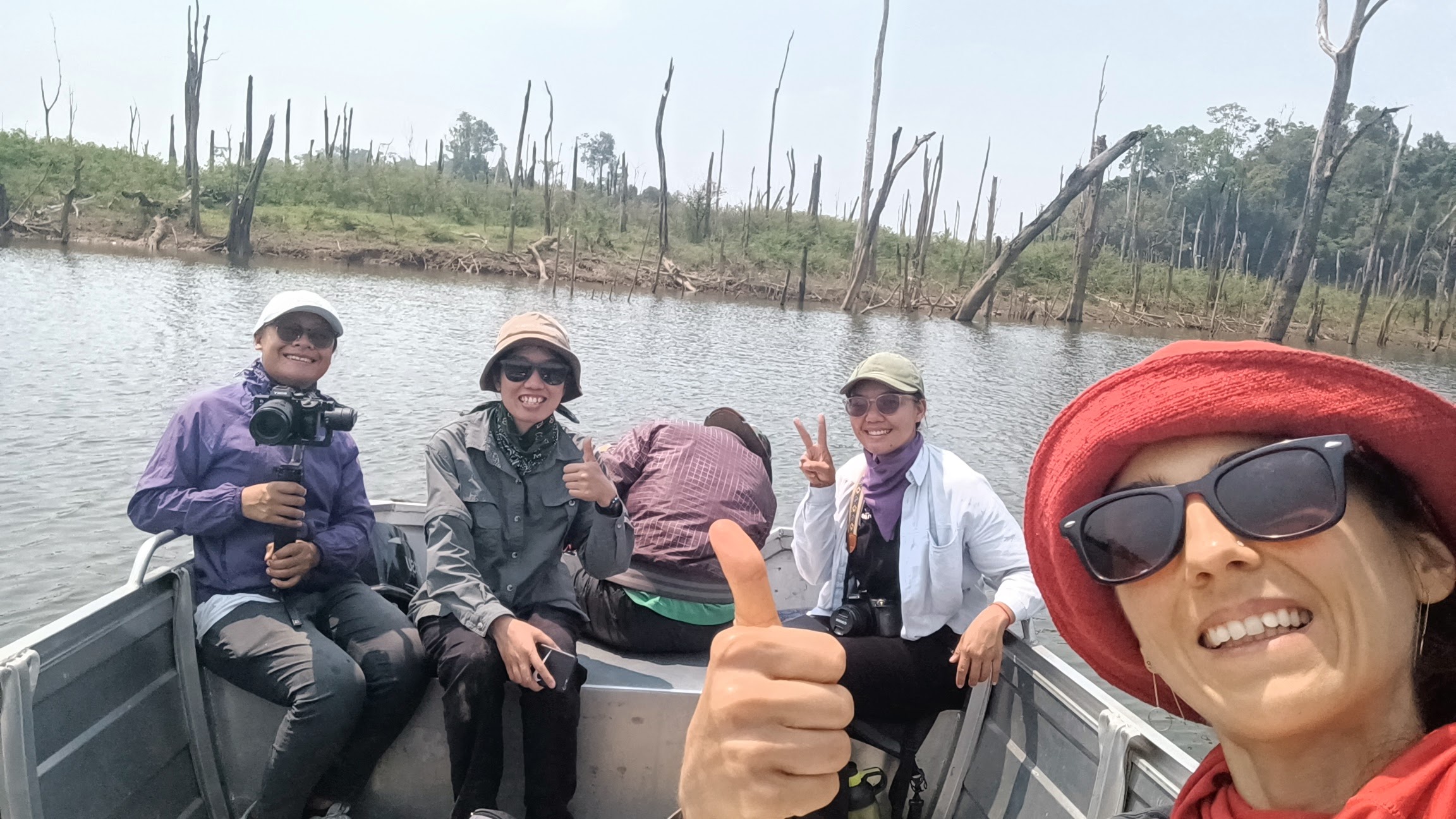
Lao freelance film and photography team join us to follow our elephant survey project in Nakai!
May 12, 2023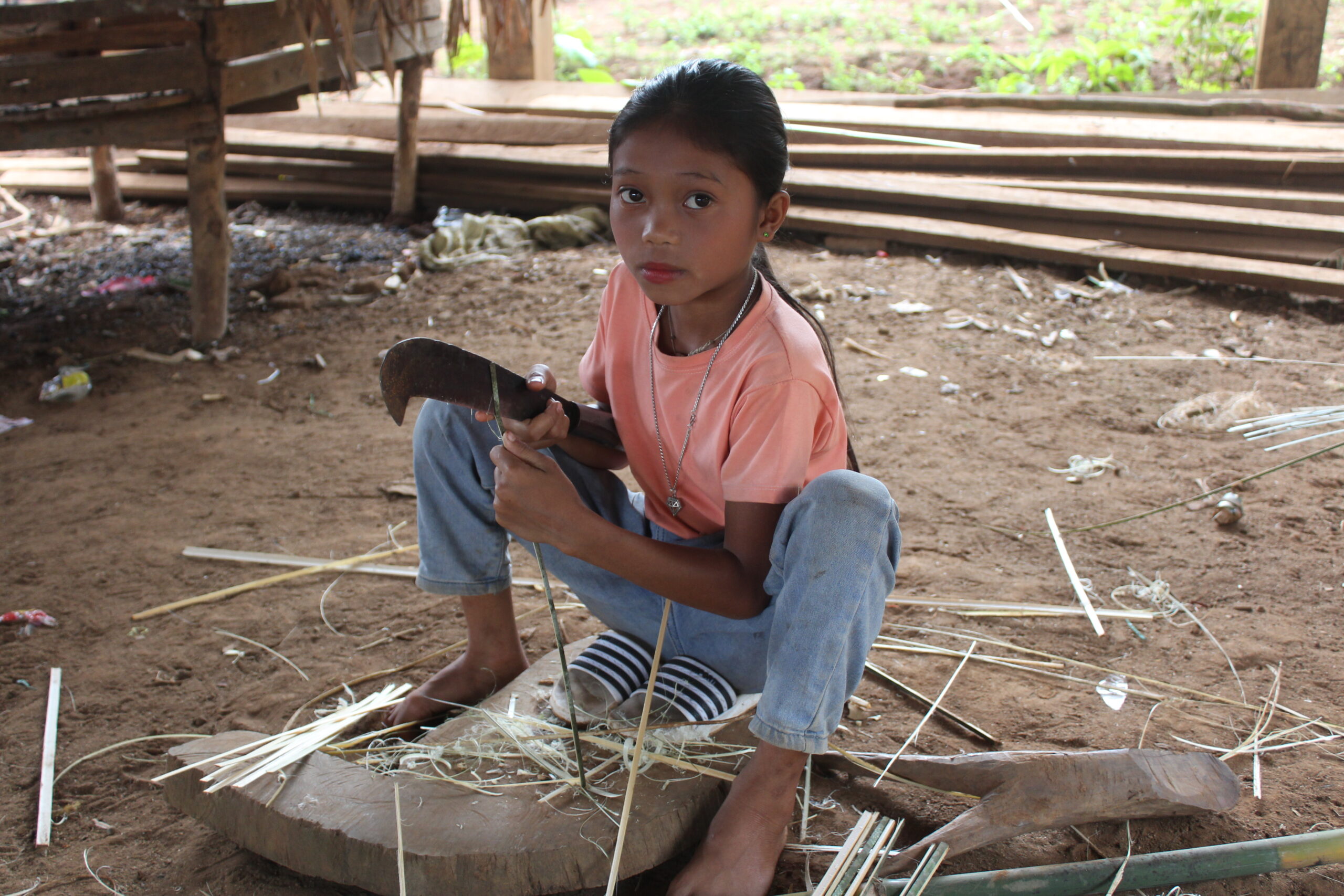
Training opportunities for Anoulak team, local partners and local communities: building the capacity of the future generation!
July 24, 2023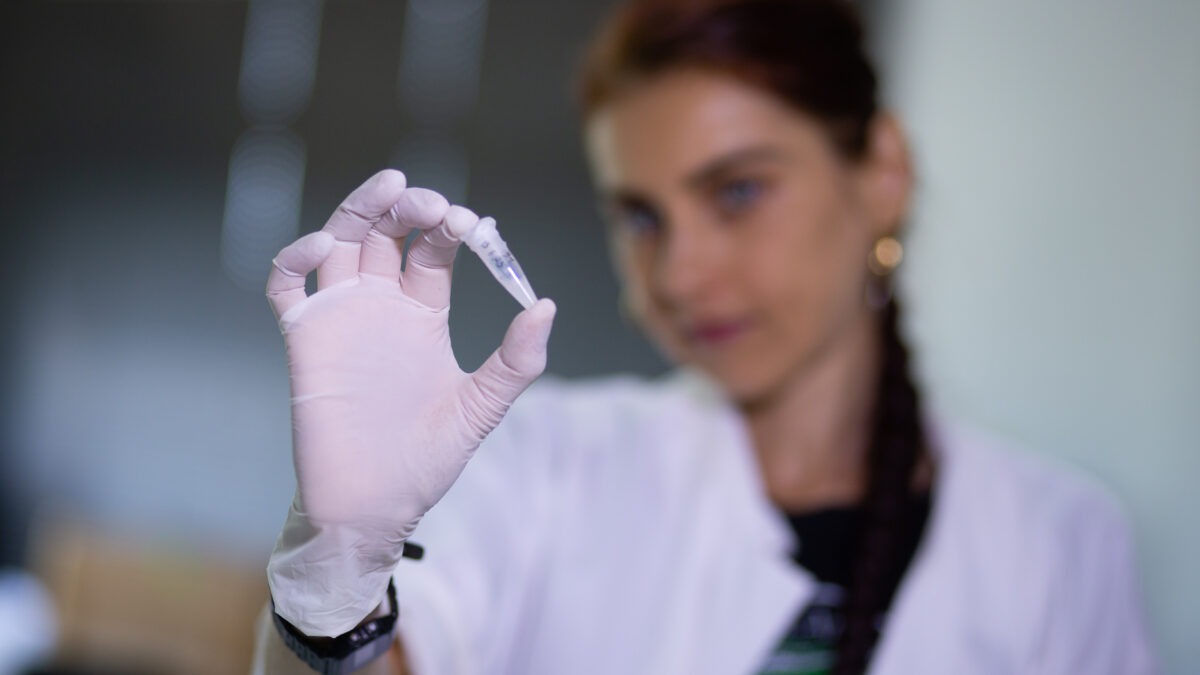
In November 2022, Association Anoulak began to survey the population of Asian Elephant (Elephas maximus) in Nakai-Nam Theun National Park and surrounding areas. We applied non-invasive fecal DNA-based population survey methods which consist of collecting elephant dung samples from which individual elephant DNA is later extracted in laboratory.
The field data collection was conducted from November 2022 to May 2023 in the Nakai-Nam Theun National Park region. Each of the eight pre-selected Survey Zones was therefore surveyed every month over the 7-month period. Overall, a total of 652 samples of elephant dung were collected from November 2022 to May 2023.
In June 2023, the dung samples were processed for DNA extraction at the laboratory of the Faculty of Pharmacology, University of Health Science of Laos, in collaboration and technical support from researcher Dr. Sabrina Locatelli from the French Research Institute in Laos.
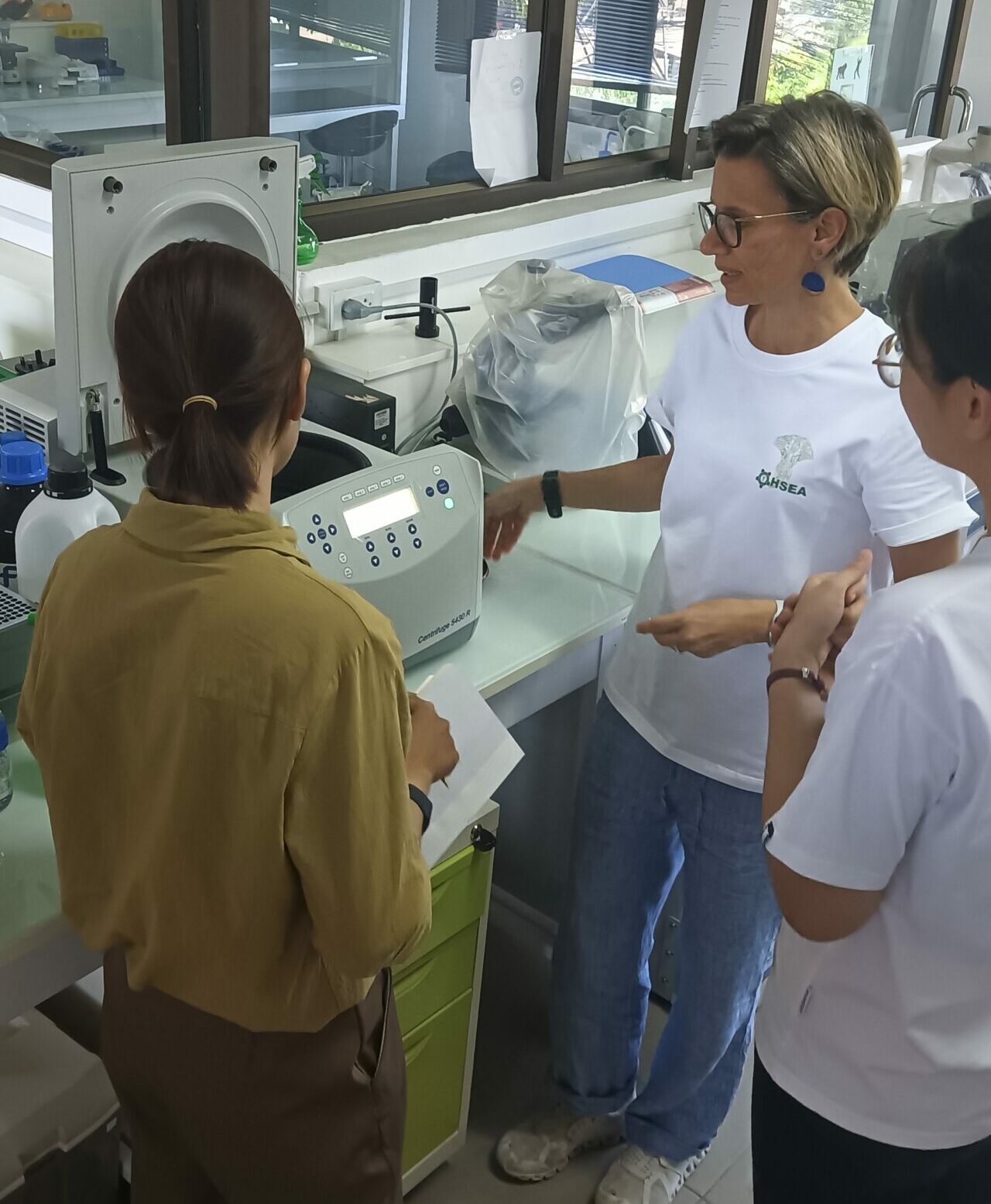
Dr. Sabrina Locatelli (IRD-Laos) providing training to perform DNA extraction from the elephant samples
The DNA extractions will then be sent to a technical partner in a bioinformatic research lab in France for data analysis and interpretation. Ultimately, the aims of this study are to provide an estimation of the current elephant population size on the Nakai Plateau and surrounding areas, as well as its genetic diversity, social structure and dynamic. This will inform future conservation action plans for Elephants in the region.
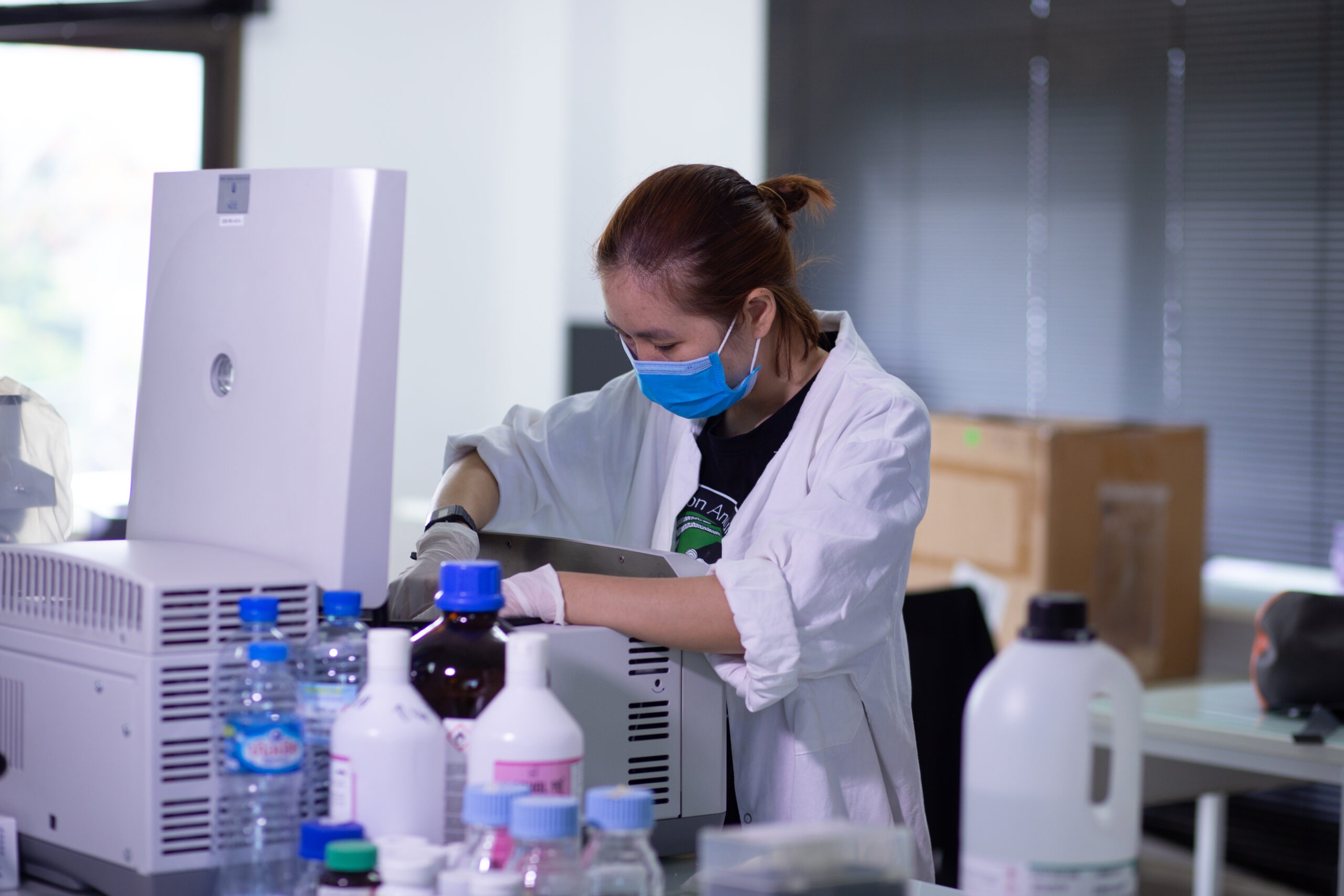
Ms. Keo (Association Anoulak) processing the samples for DNA extraction from the elephant dung samples
One of the largest elephant populations of Laos is in Nakai-Nam Theun National Park and surrounding areas. In 2008, a hydroelectric dam led to the flooding of a significant part of the elephant population’s habitat. Prior to the impoundment, the population was estimated at 132 elephants, likely the largest and genetically most diverse in Laos at the time. But it was suggested that it would be affected and disperse due to the habitat loss. Since the impoundment, elephants have moved closer to villages and human-elephant conflicts have increased across a wide region. The size of the elephant population has not been systematically monitored. Association Anoulak therefore led this study to provide information for elephant conservation planning in the area, with implications for the national and global long-term conservation of the species.
The objectives of our project are:
- To provide an estimation of the current elephant population size using a non-invasive genetic sampling survey of the population of Asian Elephants on the Nakai Plateau and surrounding areas
- To provide the current status of the genetic diversity, social structure and dynamic of the population of Asian Elephant on the Nakai Plateau and surrounding areas
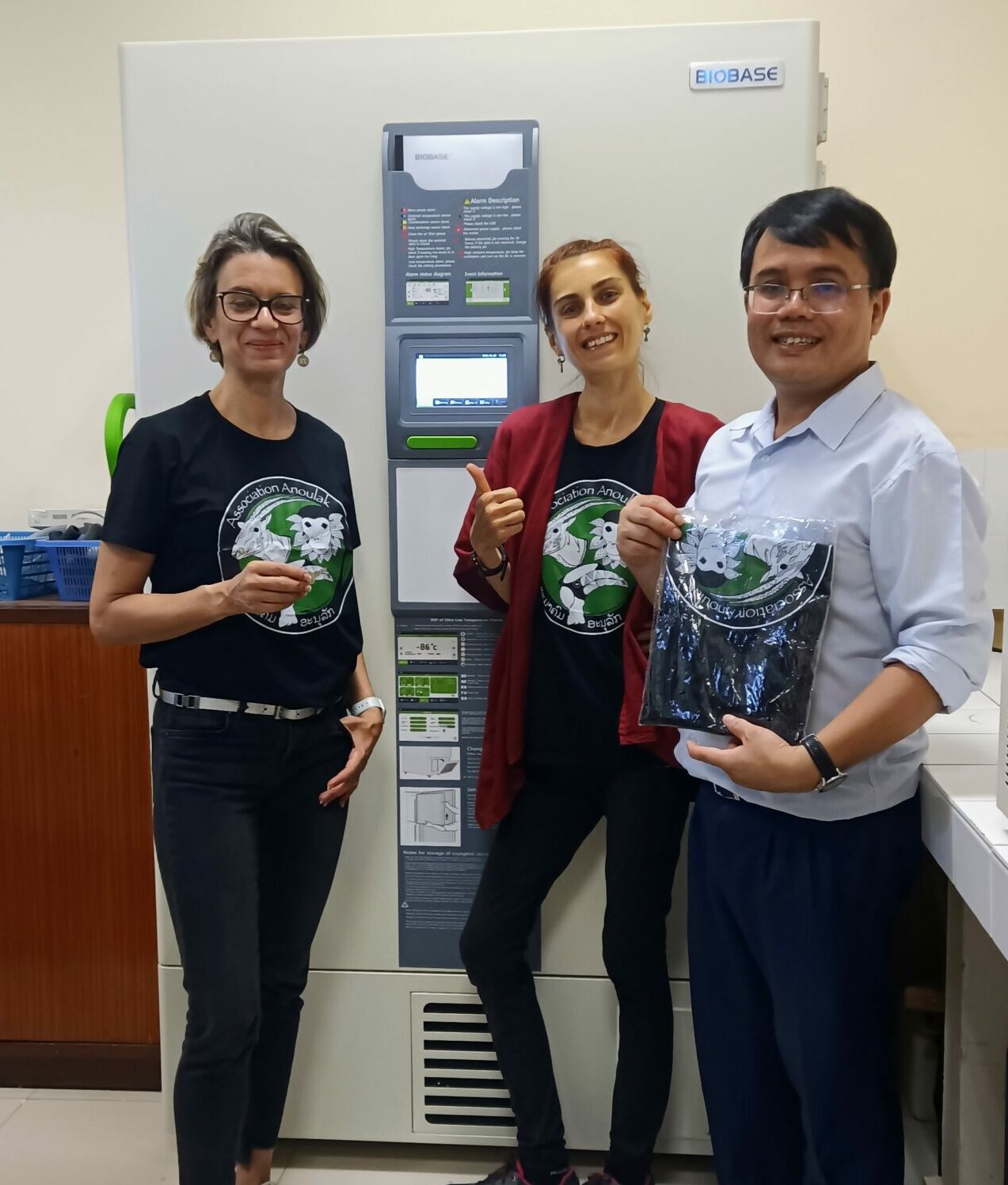
Posing in front of Association Anoulak’s new -80°C freezer, with project partner Dr. @Sabrina Locatelli from @Institut de Recherche pour le Developement-Laos and Ajaan Sysay from the Faculty of Pharmacology of the University of Health Science of Laos, where the freezer is located for mutual use.
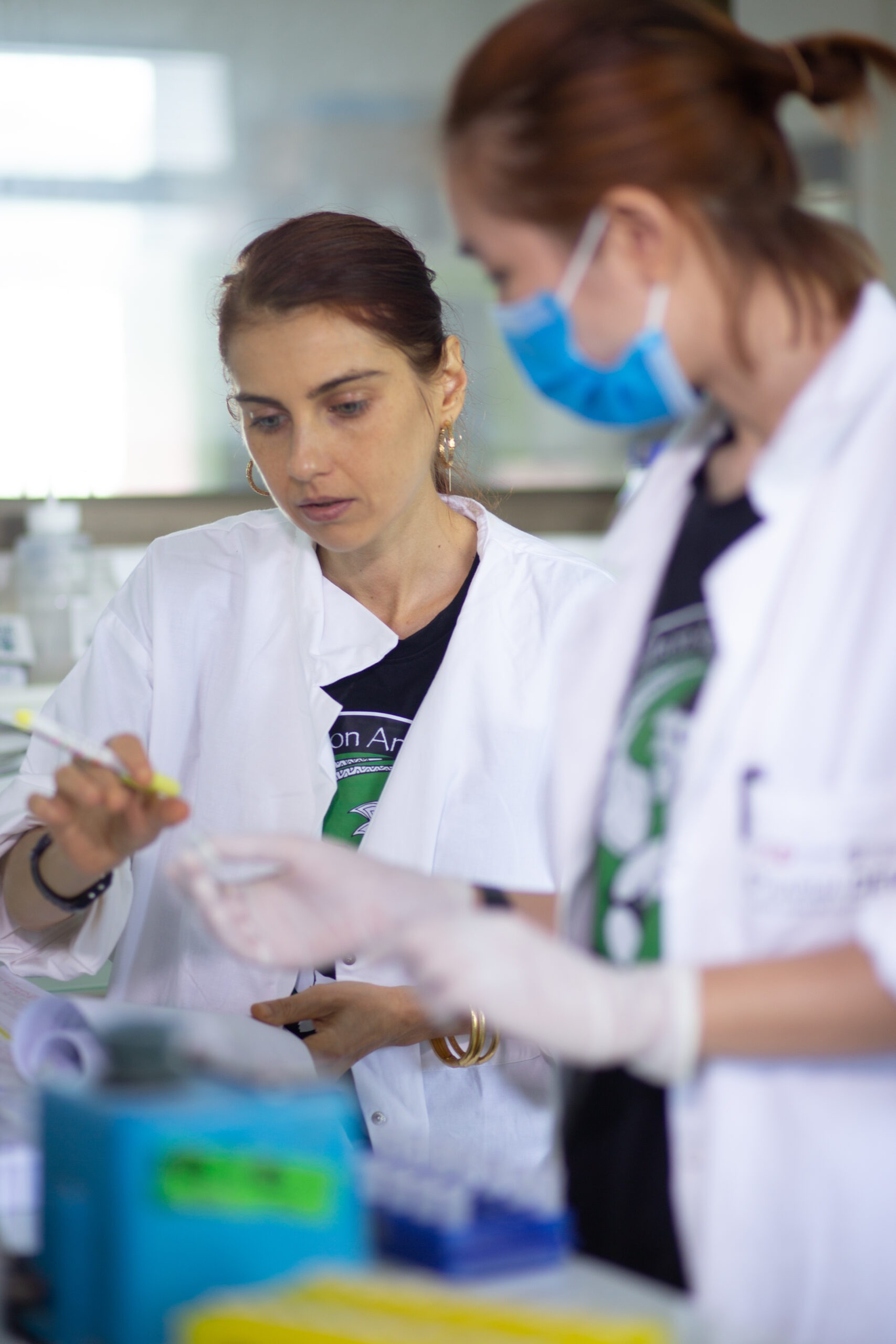
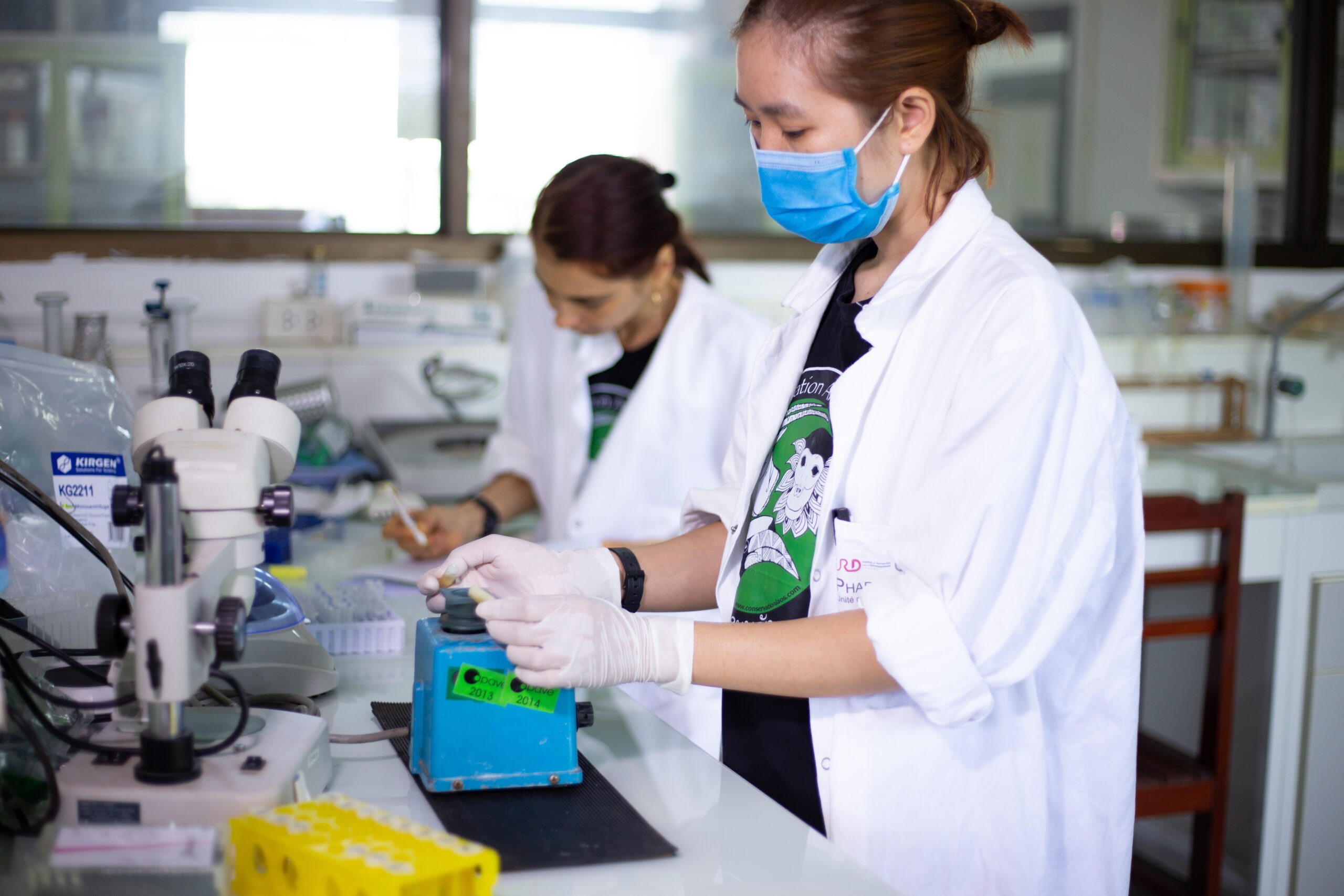
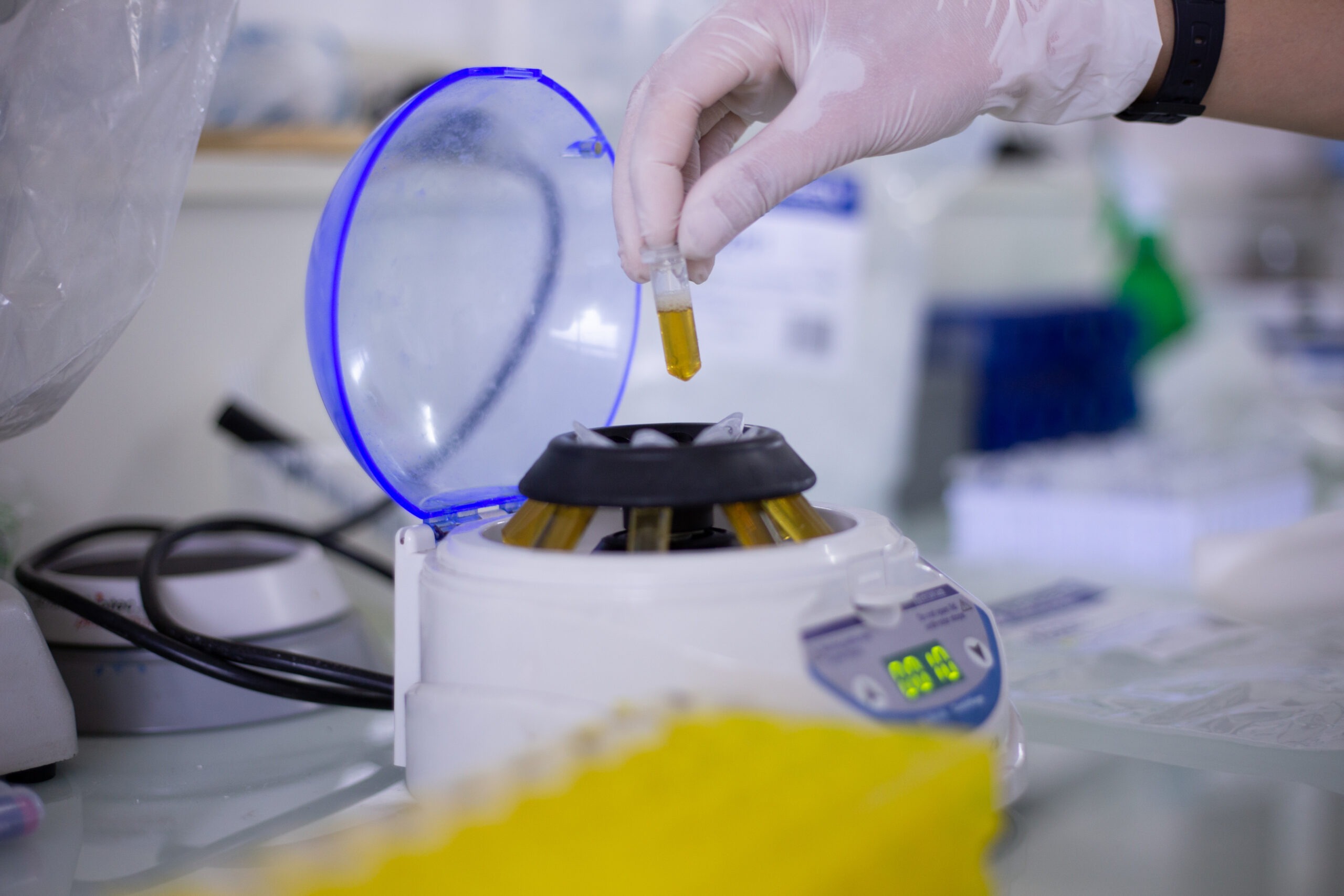
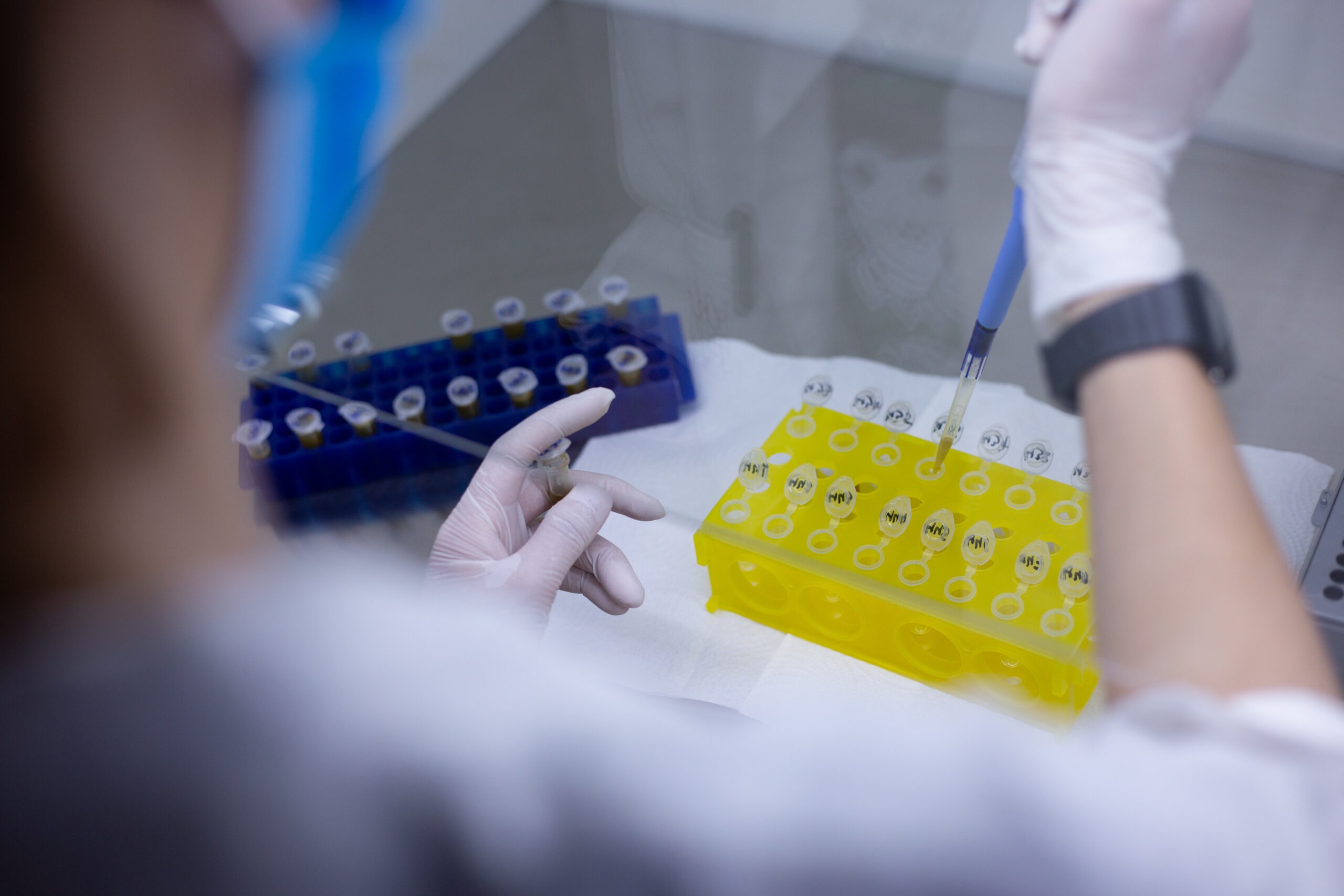
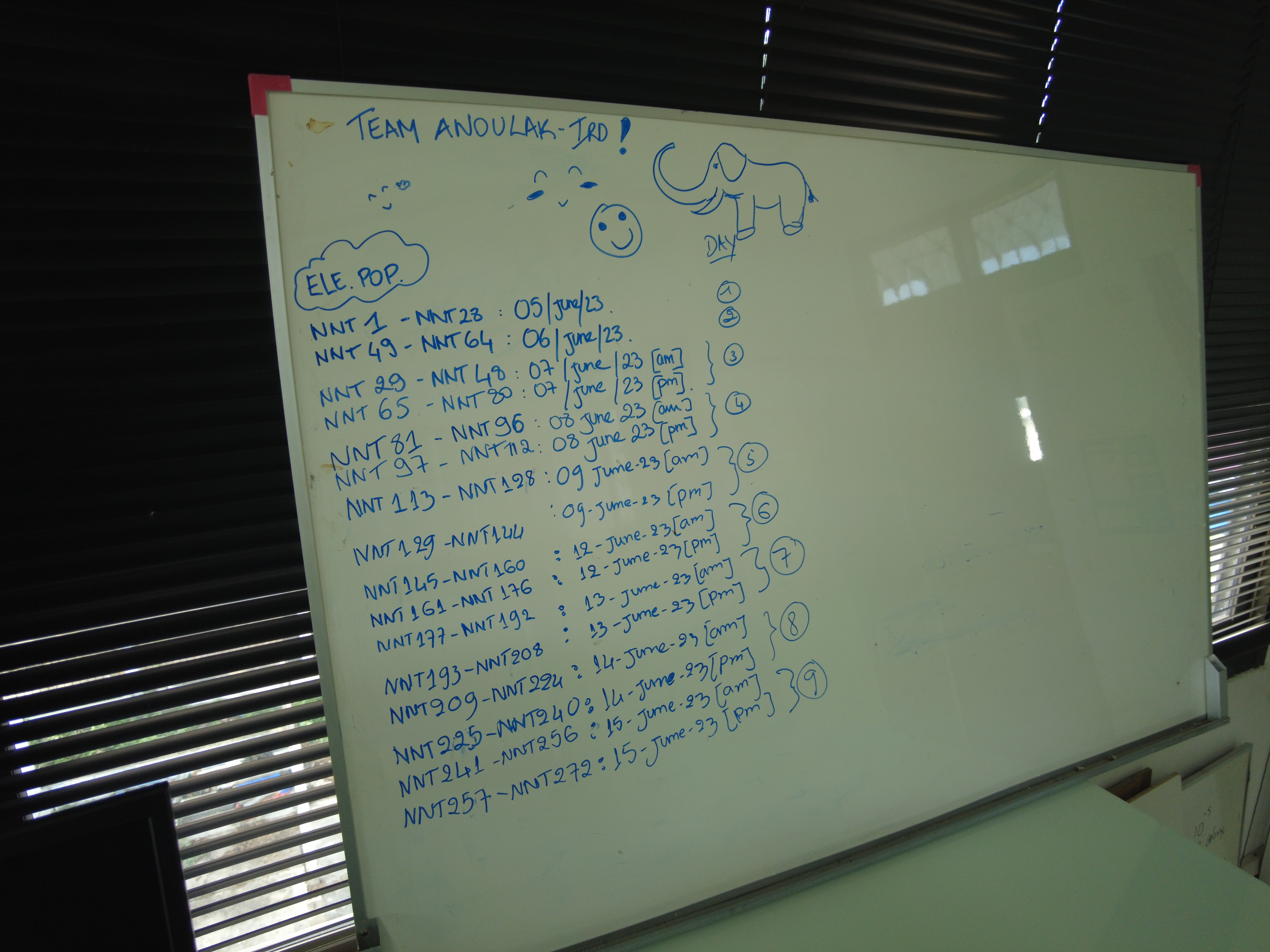
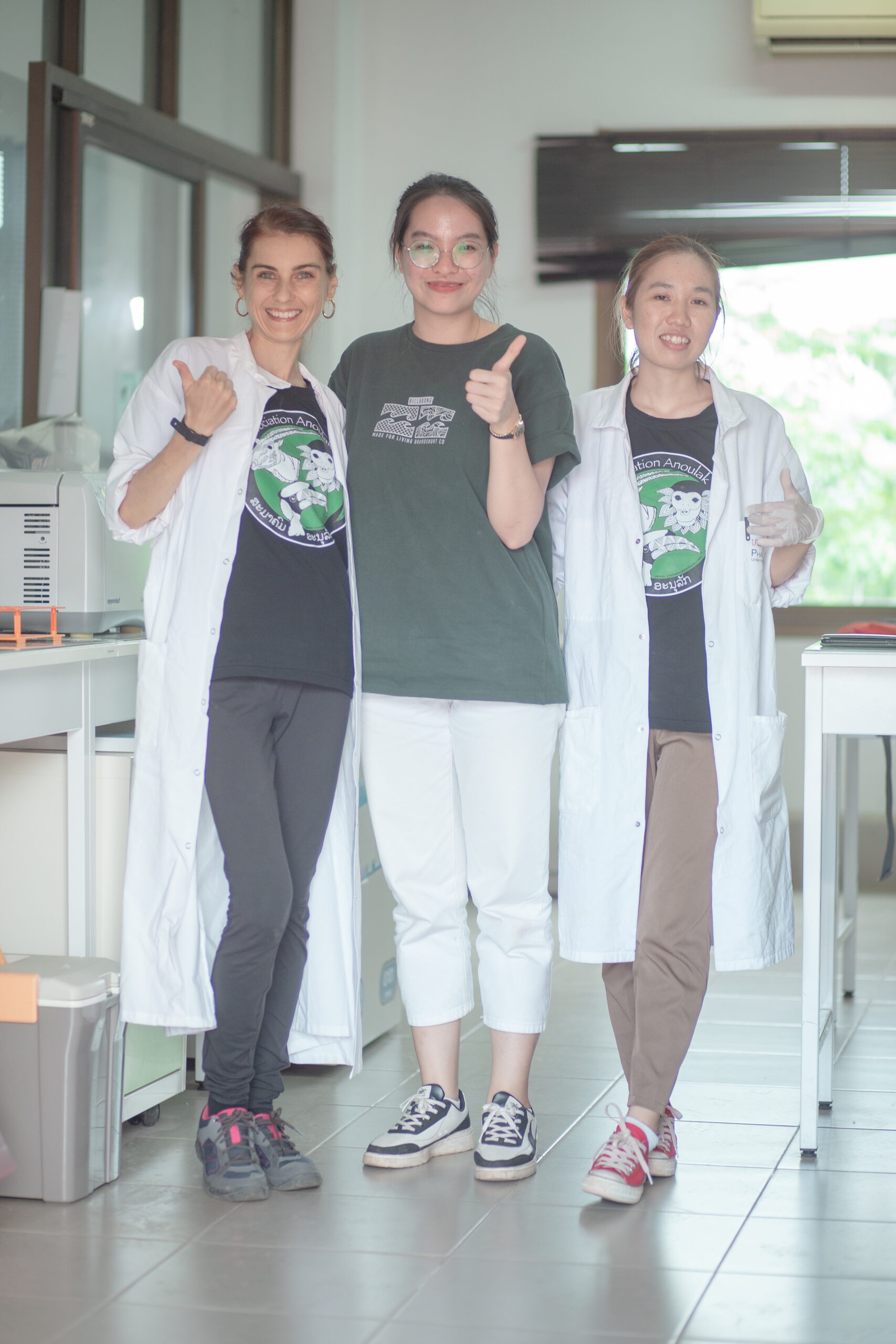
Left to right: Camille Coudrat (Association Anoulak); Mai Phuong (Student in Laos who assisted the laboratory processing in Vientiane); Keomany (Association Anoulak)
